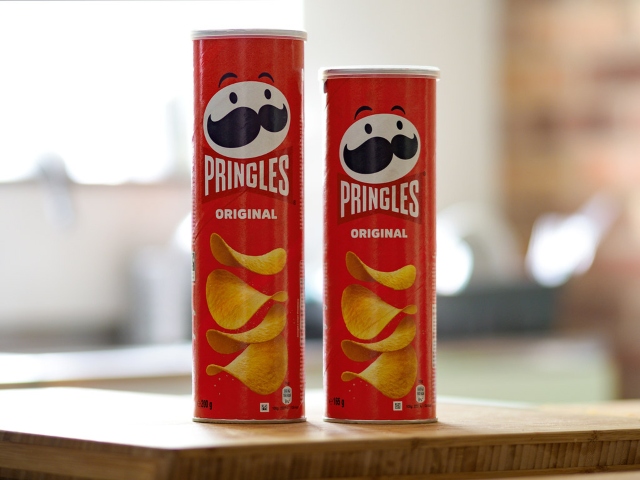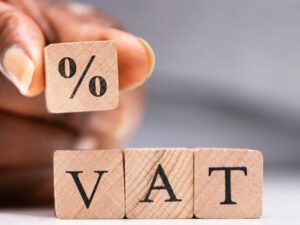[imagesource:flickr]
Did anyone notice when beer dumpies changed shape from the old fat bottles to the sexy new ones with longer necks – ostensibly to be more comfy and keep your beer cooler for longer? Of course, you did.
But did you also notice how the 340 millilitres changed to 330ml along with the shape of the bottle?
Although it is the worst of all sins, the ‘less for the same’ trend isn’t just confined to beer. Chocolate slabs, packets of chips, cereals and even toilette paper have all been getting smaller lately, yet the price seems to keep going up. We get used to this when words like inflation are bandied around daily, but this is not why we get fewer sips and wipes, it’s actually because of shrinkflation.
‘Shrinkflation’ basically means reducing a product’s size or quantity while keeping its price stable, and it’s a sneaky way for consumers to be burdened with the cost of inflation without even realising it.
Consumers are now carrying the burden of growing manufacturing costs while the global economy grapples with issues such as rising raw material costs, supply chain backlogs, and higher post-pandemic employee costs. Yes, in many cases shrinkflation is the result of inflation, but when inflation comes down, the prices and sizes of products don’t.
According to US-based Mark Stiving, the chief pricing educator at Impact Pricing, an organisation that educates companies on pricing, “Consumers notice price increases more than they notice size decreases, and as a result, companies use shrinkflation to raise prices ‘less painfully'”.
Associate professor at the University of Oxford’s Saïd Business School, Cammy Crolic, agrees. “Because consumers are so focused on how their purchases are affecting their wallets”, she says, “they are more likely to notice the increase in price than the amount of product ‘lost’ when packages shrink”.
Often these changes to sizes are incremental and not easily noticeable, as with the depressing beer example. And once the new sizes are on shelves, you can bet that producers won’t be changing it back anytime soon, regardless of whether production costs come down.
It’s the old frog in the boiling pot story. Except for a few of these products, the consumer doesn’t have much of a choice. Once you are loyal to a brand, would you suddenly move to another just because you get a little less? Probably not. You take it on the chin and blame inflation.
Even though shrinkflation closely parallels inflation, Crolic claims that even when economic stresses subside, customers rarely see product sizes rebound. There are some exceptions, but corporations often take advantage of the potential benefits of using less product while producing the same – or more.
It gets even more sneaky. Sometimes a retailer would come out with a new, larger version of the product under a fancy new name and charge consumers more for the ‘bigger and better’ version. Meanwhile, back at the ranch, it’s the same size and quantity you used to get for the old price, now just with a new label and at a higher price.
Edgar Dworsky, a former US consumer rights lawyer and founder of resource guide Consumer World says that snack company Lay’s is a good example of this. They brought out the new “Party Size” bags of chips at a higher price, after steadily downsizing their bags. The new “Party Size” bags are closer to what you used to get, except now it’s more expensive.
“When the toilette rolls started to get small enough that consumers noticed, manufacturers began introducing larger sizes back to the market again. As bigger packages made their way onto shelves, companies shifted their marketing, naming them “double”, “triple” and even “mega” rolls””, says Dworsky.
Next time you shop for your regular products, keep an eye on the quantity, and not the price. Don’t fall for the Super-Duper-Ultra-Mega pack of toilette paper at a slightly higher price. It’s likely just the old shit at a new price.
[source:bbc]





